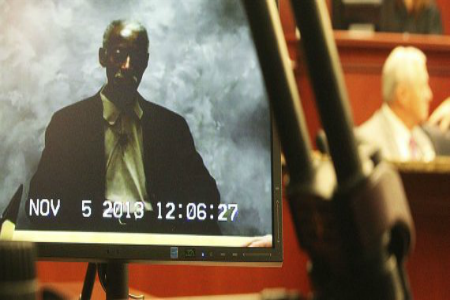
SUMTER, S.C. (AP) — Lawyers finally got the chance to argue on behalf of George Stinney, 70 years after the 14-year-old black boy was sent to the electric chair for killing two white girls in South Carolina.
Whether his conviction from that segregation-era court is tossed out is now up to Judge Cameron Mullen after a two-day hearing concluded Wednesday. She gave both sides at least 10 more days to consult witnesses and make more arguments.
The hearing at least gave Stinney something he was denied in 1944 — his day in court. His white lawyer back then called no witnesses and did no cross-examination. He normally handled civil cases and was running to be a legislator at a time when almost all voters were white. The boy was likely the only black face in the courthouse.
At this week’s hearing, Stinney’s two sisters and brother testified, remembering a young man who liked to draw and walked the family cow to a field near the railroad tracks. They also recalled their fear of white men in uniforms and strange looking cars who came and took the teen and his brother away. Stinney’s older brother, Johnny, was let go after George confessed. But he almost never talked about it again. The rest of the family didn’t see the teen again until his funeral, when Stinney’s body, burned from the electric chair, was put in an open casket.
Solicitor Ernest “Chip” Finney III called his own witnesses, including a storekeeper’s son who was 10 at the time and remembered seeing investigators take clothes taken from Stinney’s home.
Frankie Dyches, the niece of 11-year-old Betty Binnicker who was killed, also testified that they tried to put the case behind them for decades, but it kept coming up. They finally decided to go public when people began accusing them of paying off the real killer, Dyches said.
Read more of the story here.